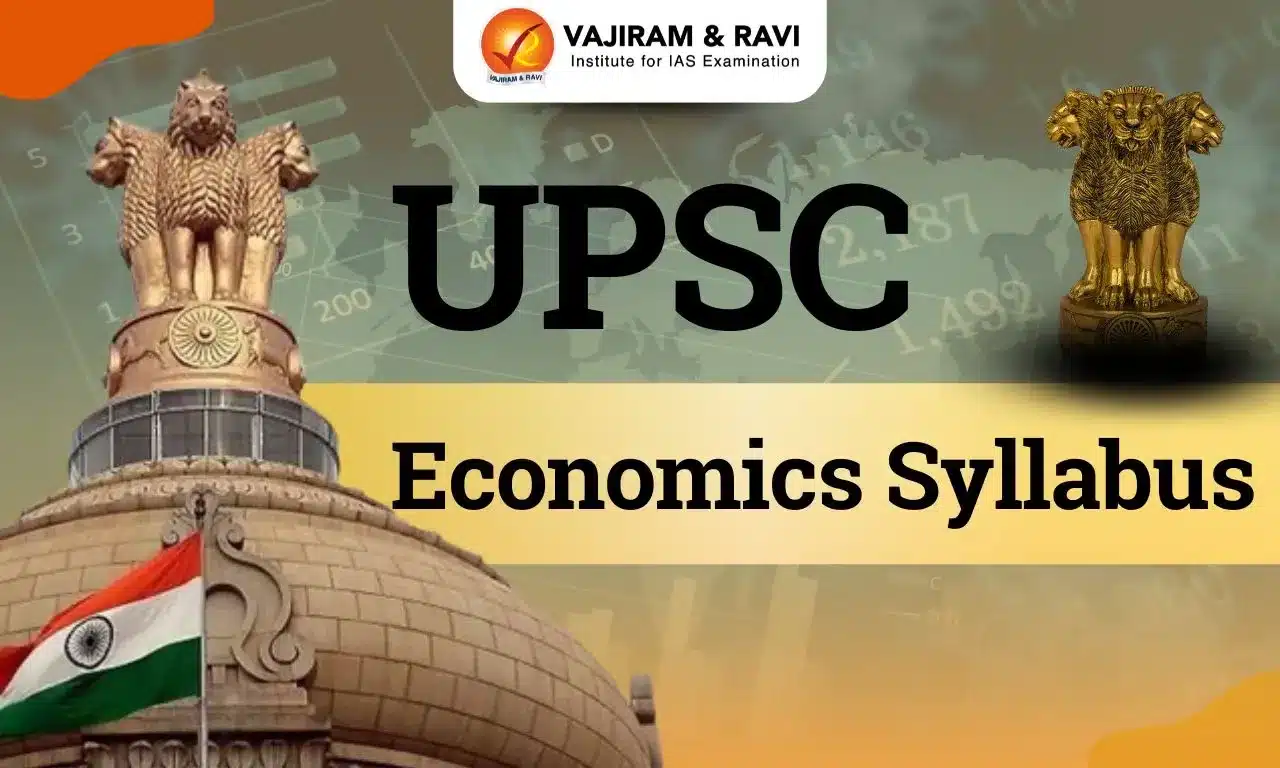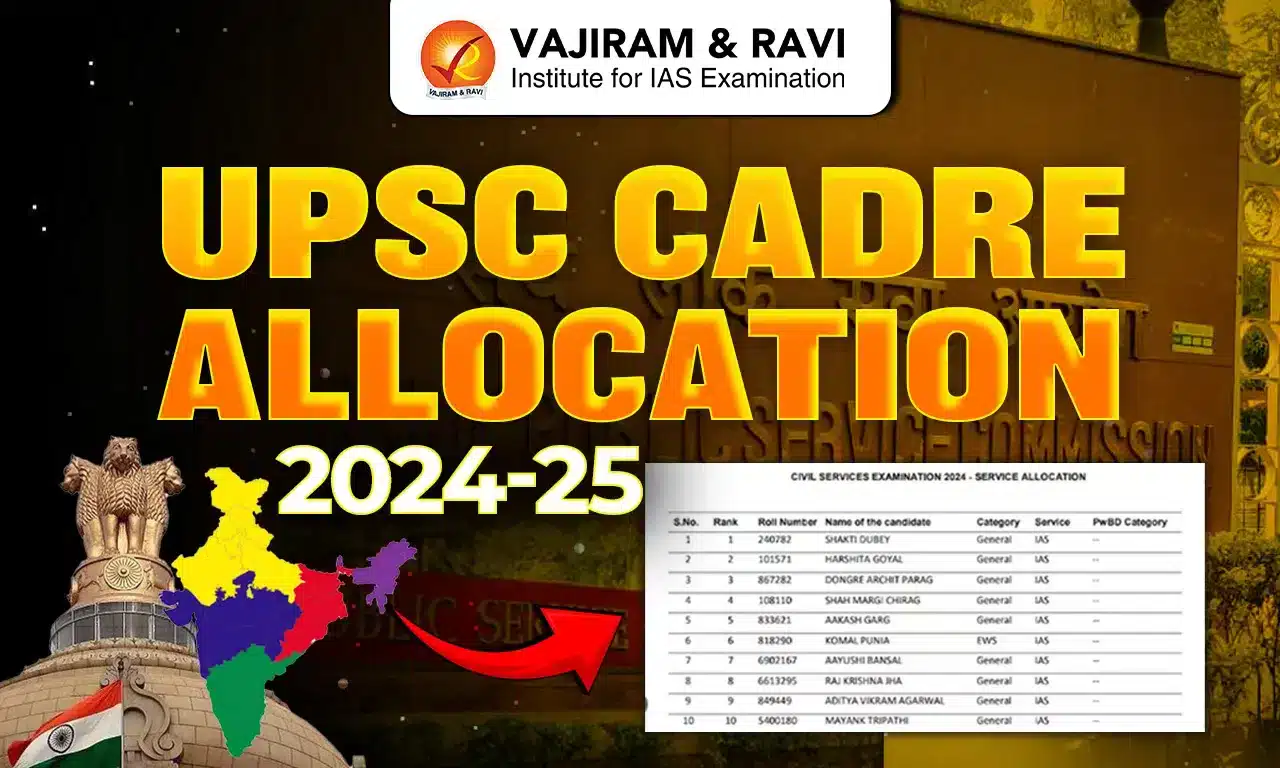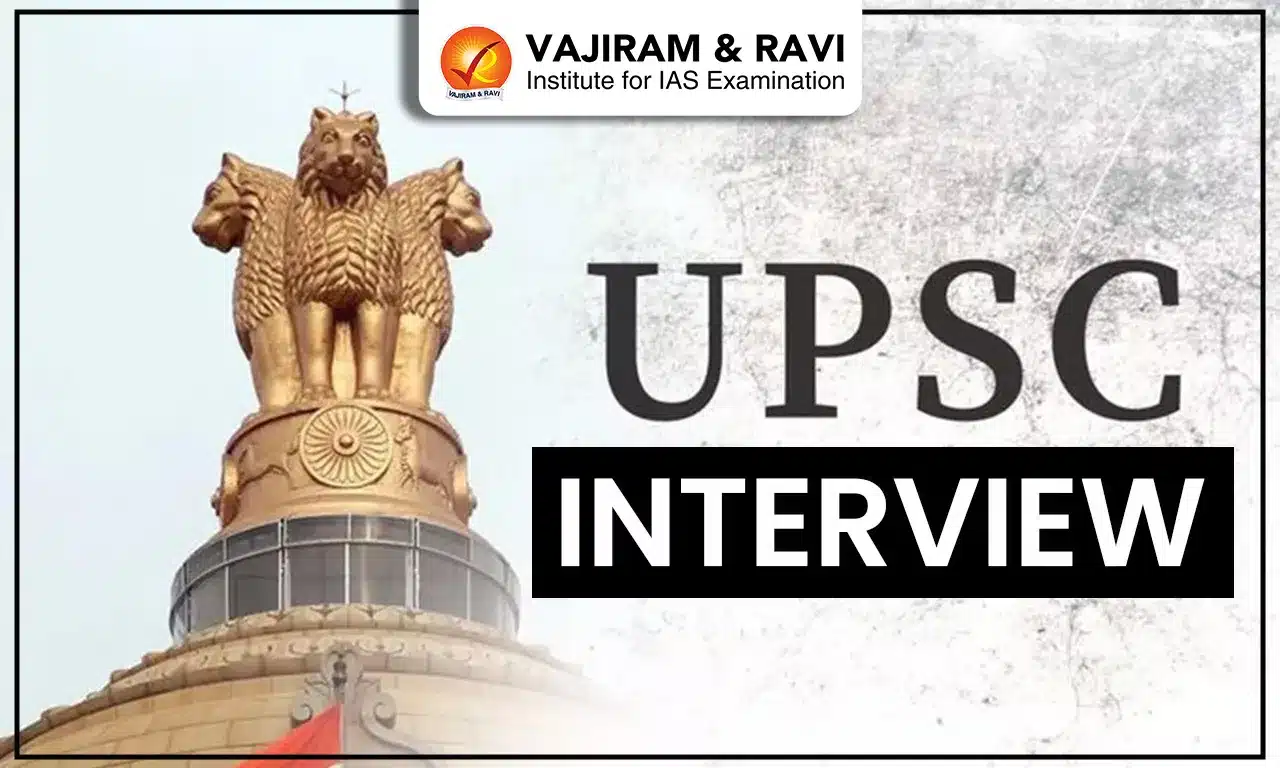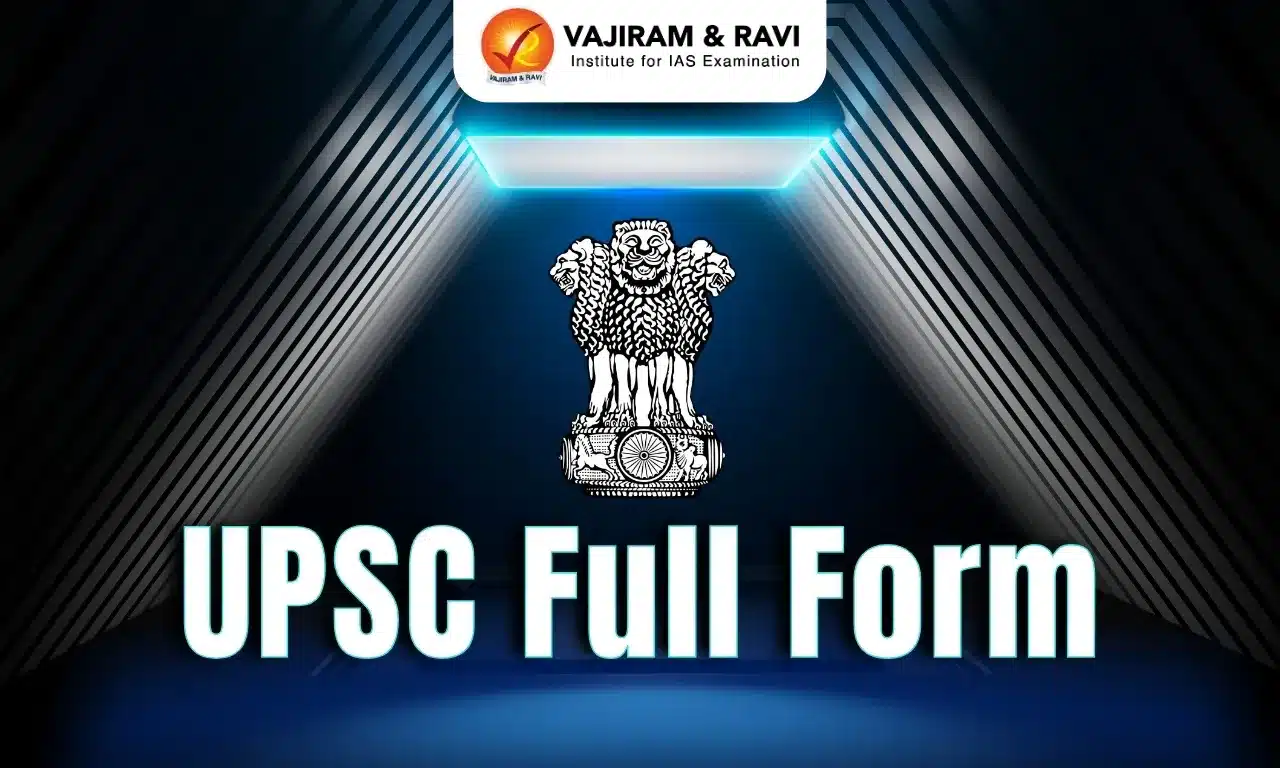The UPSC Economics Syllabus for Paper 1 includes Microeconomics, Macroeconomics and Growth and Development, and the Economics Optional Syllabus 2026 for Paper 2 includes the Indian Economy before the liberalisation and post-liberalisation period.
This subject combines technical, analytical, and logical elements with contemporary relevance. Generally, a background in economics during one's undergraduate studies or a fundamental understanding of introductory mathematics and statistics is preferred in economics.
While Paper I in UPSC Economics Optional Syllabus is majorly conceptual and static, Paper 2 requires greater attention to contemporary events with greater emphasis on updated information and conceptual clarity.
UPSC Economics Syllabus for Prelims
Since 2014, the UPSC Civil Services Preliminary Examination has consistently featured approximately 15-25 questions from the UPSC Economics syllabus each year. Therefore, choosing Economics as an optional subject can significantly contribute to your performance in the UPSC CSE Prelims. A solid conceptual understanding gained from Paper I and Paper II of the optional subject will enable you to tackle a majority of these questions.
Here is the detailed UPSC Economics Syllabus for Prelims GS Paper 1:
| Topics | Subtopics |
| 1. Introduction to Economics |
|
| 2. Macroeconomics |
|
| 3. Microeconomics |
|
| 4. Growth, Development and Happiness |
|
| 5. Evolution of the Indian Economy |
|
| 6. Economic Planning |
|
| 7. Planning in India |
|
| 8. Economic Reforms |
|
| 9. Inflation and Business cycle |
|
| 10. Agriculture and Food Management |
|
| 11. Industry and Infrastructure |
|
| 12. Services Sector |
|
| 13. Indian Financial Market |
|
| 14. Banking in India |
|
| 15. Insurance in India |
|
| 16. Security Market in India |
|
| 17. External Sector in India |
|
| 18. International Economic Organisations & India |
|
| 20. Tax structure in India |
|
| 21. Public Finance in India |
|
| 22. Sustainability and Climate Change: India and the World |
|
| 23. Human Development in India |
|
| 25. Economic Survey |
|
| 26. Union Budget |
|
UPSC Economics Syllabus PDF
Here's the updated UPSC Economics Syllabus PDF for UPSC IAS 2026 Exam.
UPSC Economics Optional Syllabus 2026
The Economics optional syllabus seamlessly blends both static and dynamic elements in an easily understandable manner. The UPSC Economics Optional syllabus consists of two papers (Paper-I and Paper-II), each carrying 250 marks, totalling 500 marks.
UPSC Economics Syllabus for Paper 1
The UPSC Economics optional syllabus for Paper 1 is predominantly conceptual and theoretical in nature, which can be advantageous for achieving high marks. However, due to the technicalities of the subject matter, it also requires a substantial portion of your optional subject preparation.
| Macro Topic | Micro Topics |
| Advanced Micro Economics |
- Approaches to Price Determination: Marshallian and Varrasiam. - Alternative Distribution Theories; Ricardo, Kaldor, Kaleeki. |
| Advance Macro Economics |
- Approaches to Employment Income and Interest Rate determination:
|
| Money-Banking and Finance |
- Demand for and Supply of Money:
- Public Finance and its Role in Market Economy:
|
| International Economics |
- Old and New Theories of International Trade:
- Forms of Protection: Tariff and quota. - Balance of Payments Adjustment: Alternative Approaches.
|
| Growth and Development |
- (A) Theories of growth:
- Process of Economic Development of less developed countries:
- Economic Development and International Trade and Investment, Role of Multinationals. - Planning and Economic Development: Changing Role of Markets and Planning, Private-Public Partnership. - Welfare indicators and measures of growth—Human Development Indices. The basic needs approach. - Development and Environmental Sustainability—Renewable and Non-renewable Resources, Environmental Degradation, Intergenerational equity development. |
Economics Optional Syllabus for Paper 2
UPSC Economics syllabus for Paper 2 revolves around the Indian economy. You will study various reforms and policies introduced from independence until now. Therefore, students will need to stay updated on various economic developments by reading newspapers and magazines.
| Indian Economy in Pre-Independence Era |
|
|
Indian Economy after Independence |
The Pre-liberalisation Era:
|
|
The Post-liberalization Era:
|
UPSC Economics Optional Syllabus 2026 Preparation Strategy
To prepare UPSC Economics Optional Syllabus keep the following points in mind:
Master Economic Theories in Paper 1:
- Prioritize understanding economic theories.
- Develop comfort with graphical interpretations and basic mathematical tools (functions and differentiation).
- Initial classes focus on these graphical and mathematical concepts.
Graph Drawing Proficiency:
- Be proficient in drawing conceptually correct graphs.
- Graphs need not be accurate in measurement but should be conceptually correct.
- Use graphs to support brief yet accurate answers.
Link Theories with Indian Economy:
- Connect economic theories with features of the Indian Economy.
- Questions may directly ask for these links or students can show them briefly for extra marks.
- Classes provide examples of applying theories in the Indian context.
Paper 2 Writing Skills:
- Focus on accurate rather than lengthy answers.
- Prepare thoroughly for pre-independence Indian Economy as questions are regularly asked from this area.
- Similarly, prepare for post-independence and pre-1991 economies.
Memorize and Analyze Data Points:
- Remember and analyze data related to Indian economic performance (GDP growth, sectoral employment shares, etc.).
Post-1991 Economy:
- Questions can be from diverse areas due to economic reforms after 1991.
- Identify interconnections between various policies (e.g., industrial reforms linked to foreign investment and unemployment).
- Agricultural performance is linked to poverty.
Invest Time in Post-1991 Economy:
- Worth investing time as it holds about 50% weightage in Paper 2.
- Useful for GS Paper 2 and 3 and in writing essays.
A regular study of interconnections between Paper 1 and Paper 2 of the UPSC Economics syllabus is desirable and helps the students in getting extra marks in both papers.
Important Topics in UPSC Economics Syllabus 2026
The Economics optional syllabus is divided into two papers.
Paper 1 focuses on economic theories, and the paper can be classified into four major sections.
The first two sections are related to Microeconomics and Macroeconomics.
| Microeconomics | Under Microeconomics, we study the theories of consumers’ and producers’ behaviour followed by the theories of main types of market structures like perfect competition, monopoly, and oligopoly. General Equilibrium and Welfare Economics are other major parts of Microeconomics. |
| Macroeconomics | Macroeconomics is associated with the study of economic aggregates like output level, general price level, interest rates, unemployment, wages, etc. and their behaviour. We study various schools of Macroeconomics like the Classicals, the Keynesians, the Neo Keynesians, the Monetarists, the New Classicals, and the New Keynesians and their theories on the behaviour of these Macroeconomic variables. |
| International Economics | Under this part of the UPSC Economics syllabus, we begin with Microeconomic theories of international trade, trade barriers, trade blocks, etc., followed by the Macroeconomic theories of the open economy, including concepts like the balance of payments and exchange rates. |
| Growth and Development | Here, we first cover various theories of economic growth, like those proposed by Harrod, Domar, Solow, Lewis, and Romer. Then, inter-relationships between economic development and agriculture, population, human capital, environment, and trade are examined. |
Paper 2 is on Indian Economy, and the syllabus is divided into three main parts:
| Pre-independence Indian Economy | to examine various features of the Indian economy, like agriculture, industries, railways, etc., during the British Rule. |
| Post-independence Indian economy | includes the study of various sectors like agriculture and industries, economic problems like inequality, poverty, and unemployment, and policies like planning during the period from 1947 to 1991. |
| Post 1991 Reforms | The third part discusses similar features in the post-1991 period, along with several new policies and reforms that were introduced after 1991 in India. |
Booklist for UPSC Economics Syllabus
Following books are recommended for preparing the UPSC Economics optional syllabus of Paper I and Paper II.
| Paper I | Paper II |
|
|
| Other Related UPSC Optional Syllabus | ||
|---|---|---|
|
UPSC Animal Husbandry & Veterinary Science Optional Syllabus |
|
|
Last updated on December, 2025
→ Check out the latest UPSC Syllabus 2026 here.
→ Join Vajiram & Ravi’s Interview Guidance Programme for expert help to crack your final UPSC stage.
→ UPSC Mains Result 2025 is now out.
→ UPSC Notification 2026 is scheduled to be released on January 14, 2026.
→ UPSC Calendar 2026 is released on 15th May, 2025.
→ The UPSC Vacancy 2025 were released 1129, out of which 979 were for UPSC CSE and remaining 150 are for UPSC IFoS.
→ UPSC Prelims 2026 will be conducted on 24th May, 2026 & UPSC Mains 2026 will be conducted on 21st August 2026.
→ The UPSC Selection Process is of 3 stages-Prelims, Mains and Interview.
→ UPSC Result 2024 is released with latest UPSC Marksheet 2024. Check Now!
→ UPSC Prelims Result 2025 is out now for the CSE held on 25 May 2025.
→ UPSC Toppers List 2024 is released now. Shakti Dubey is UPSC AIR 1 2024 Topper.
→ UPSC Prelims Question Paper 2025 and Unofficial Prelims Answer Key 2025 are available now.
→ UPSC Mains Question Paper 2025 is out for Essay, GS 1, 2, 3 & GS 4.
→ UPSC Mains Indian Language Question Paper 2025 is now out.
→ UPSC Mains Optional Question Paper 2025 is now out.
→ Also check Best IAS Coaching in Delhi
UPSC Economics Syllabus FAQs
Q1. Is economics in UPSC hard?+
Q2. Is UPSC economics optional easy?+
Q3. What is the syllabus for UPSC economics Prelims 2026?+
Q4. How to start economics for UPSC?+
Q5. Is NCERT enough for economics UPSC?+

















